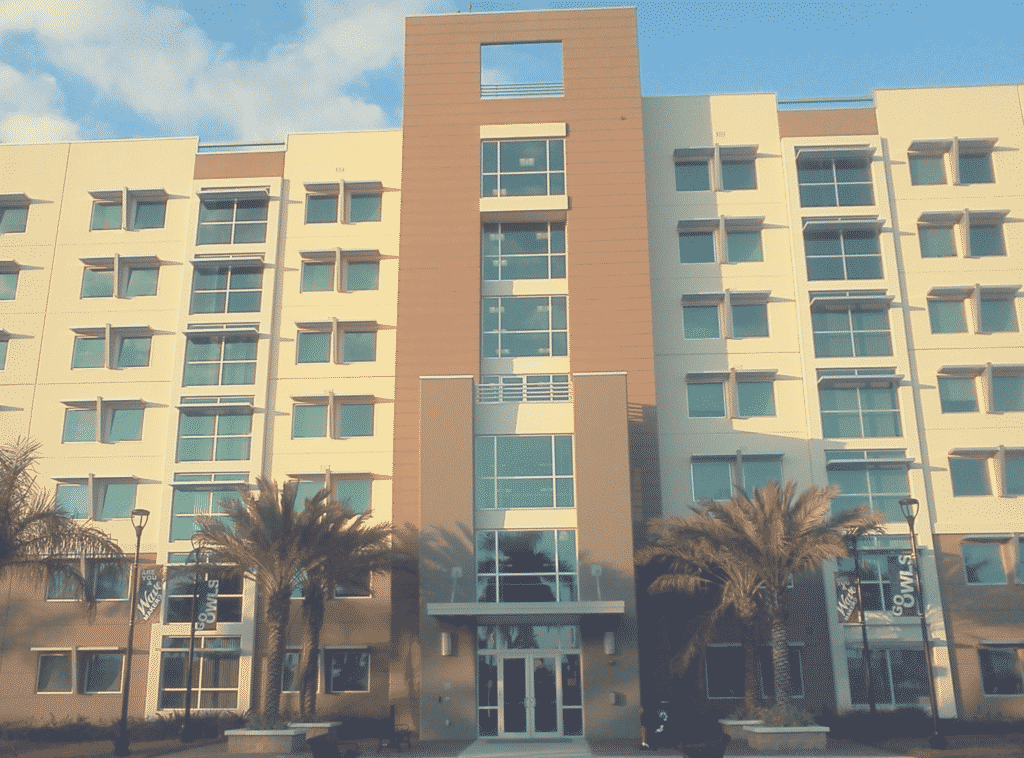Colleges are letting out for the summer season, but student housing operators aren’t due for a break. August, the hard start for most student-housing lease cycles, is just a few months away.
About 47,000 off-campus beds are expected to be delivered in 2017, according to real estate data firm Axiometrics. But 2018 looks to be a bit less busy. Axiometrics is tracking about 41,000 beds for 2018, as a preliminary figure.
This year’s expected deliveries are down from 48,406 off-campus beds Axiometrics tracked as delivered last year. Numbers are down from what many in the industry have considered this cycle’s peak, 2014, when 60,000 beds came online in the market.
Still Attractive
The asset class remains favorable for investors, and in fact has matured, pinging on the institutional radar. New classes of investors and a greater number of investors in general, are entering the space.
These new investors are looking to different markets. This year, there’s been a shift in development to northeast and pacific northwest, according to Taylor Gunn, student housing analytics lead at Axiometrics. Gunn notes there’s been an uptick in development in New York this year. “We are following that closely to see if there is any connection to new york’s free tuition program,” Gunn says.
The sector is drawing “really quality institutionally minded operators,” notes Jeremy Pemberton, senior managing director of Waypoint Student Housing. When foreign investors and institutional investors get involved, Pemberton adds they “build to gold standard.”
The student housing sector continues to see “feverish investment by major institutional investors, domestic and foreign pension funds, life companies and sovereign wealth funds. There’s clearly a rush to invest in Class A core infill pedestrian assets with over $10.0 billion transacted in the sector last year alone,” says JJ Abrams, president of CA Student Living, a national student housing developer.
Strong fundamentals, “good risk/reward” and good growth are drawing investors in, according to Pemberton.
Rent growth is estimated on average around 2.5- to 3 percent over last year, according to Abrams. Similarly, pre-leasing for new properties is trending 2.5% to 3% ahead of previous years.
Leasing velocity remains strong, and based upon undergraduate enrollment growth, demand should remain favorable. Total annual undergraduate enrollment is expected to jump 30% from 2015 to 2026, reaching 19.3 million students by that time, show data from National Center for Education Statistics.
But looking ahead short-term to 2018, construction and development of new beds is expected to trail off. “In 2017, construction financing has been available, but we do see a trailing off in both construction financing and the pace of development,” for 2018, Pemberton notes.
Some markets are overbuilt to a degree, according to sources, such as the University of Florida and Texas A&M.
